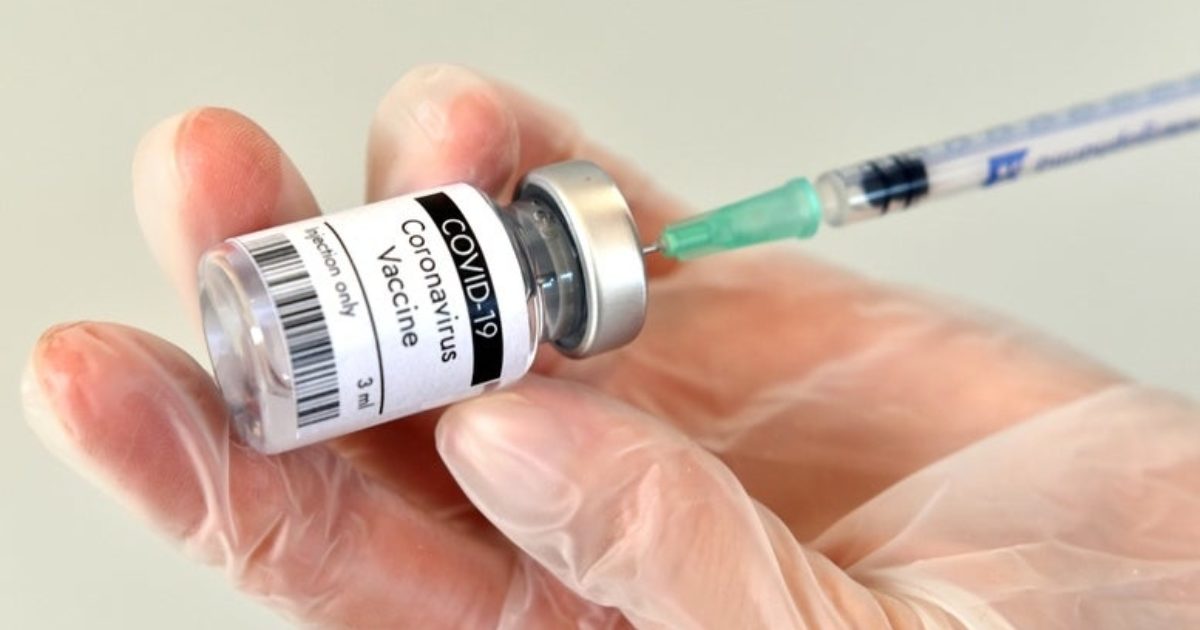The Lancet is among the world’s oldest, well-respected medical journals.
Read About The Lancet here:
The Lancet is an independent, international weekly general medical journal founded in 1823 by Thomas Wakley. Since its first issue (October 5, 1823), the journal has strived to make science widely available so that medicine can serve, and transform society, and positively impact the lives of people. The Lancet is committed to applying scientific knowledge to improve health and advance human progress. In our weekly issues, and online first content, we publish some of the best science from the best scientists worldwide, providing an unparalleled global reach and impact on health.
The Lancet has grown from a 19th century pamphlet to a high impact, international journal. The Lancet is proud to have published papers that have made a crucial contribution to science and human health. View a selection of our research landmarks from more than 10 000 published issues.
A recent publication in THE LANCET obliterates that narrative that the COVID-19 jabs are safe and effective.
On November 19th, the journal published a study titled, “The epidemiological relevance of the COVID-19-vaccinated population is increasing.”
The study analyzed data from the United Kingdom, Germany, Israel, and the United States to determine the epidemiological relevance of vaccinated individuals.
While the experts believed high COVID-19 injection rates would reduce transmission, the latest data indicates that’s clearly not the case.
Find out why below:
Next time someone says, "Trust the science", with regards to the jab. Show them this scientific study from the Lancet 👇🏻👇🏻https://t.co/6pAyjobFqt
— Chick (@chick2308) November 29, 2021
The epidemiological relevance of the COVID-19-vaccinated population is increasing
"It appears to be grossly negligent to ignore the vaccinated population as a possible and relevant source of transmission when deciding about public health control measures."https://t.co/jaVtBuLMLt— Robert W Malone, MD (@RWMaloneMD) November 23, 2021
Recent data indicates the epidemiological relevance of COVID-19 vaccinated individuals is increasing. In the UK secondary rates among household contacts exposed to vaccinated index cases was similar to household contacts exposed to unvaccinated index caseshttps://t.co/Sxw8SD5FpP
— Tom Quiggin (@TomTSEC) November 29, 2021
“It appears to be grossly negligent to ignore the vaccinated population as a relevant source of transmission when deciding about public health control measures”
The epidemiological relevance of the COVID-19-vaccinated population is increasing -The Lancet https://t.co/e7aQ76vFP4
— Jess Clarke (@JessClarke007) November 29, 2021
https://twitter.com/Dennistalksfact/status/1465298342431367170
Read the study’s findings at THE LANCET Regional Health Europe:
High COVID-19 vaccination rates were expected to reduce transmission of SARS-CoV-2 in populations by reducing the number of possible sources for transmission and thereby to reduce the burden of COVID-19 disease. Recent data, however, indicate that the epidemiological relevance of COVID-19 vaccinated individuals is increasing. In the UK it was described that secondary attack rates among household contacts exposed to fully vaccinated index cases was similar to household contacts exposed to unvaccinated index cases (25% for vaccinated vs 23% for unvaccinated). 12 of 31 infections in fully vaccinated household contacts (39%) arose from fully vaccinated epidemiologically linked index cases. Peak viral load did not differ by vaccination status or variant type [[1]]. In Germany, the rate of symptomatic COVID-19 cases among the fully vaccinated (“breakthrough infections”) is reported weekly since 21. July 2021 and was 16.9% at that time among patients of 60 years and older [[2]]. This proportion is increasing week by week and was 58.9% on 27. October 2021 (Figure 1) providing clear evidence of the increasing relevance of the fully vaccinated as a possible source of transmission. A similar situation was described for the UK. Between week 39 and 42, a total of 100.160 COVID-19 cases were reported among citizens of 60 years or older. 89.821 occurred among the fully vaccinated (89.7%), 3.395 among the unvaccinated (3.4%) [[3]]. One week before, the COVID-19 case rate per 100.000 was higher among the subgroup of the vaccinated compared to the subgroup of the unvaccinated in all age groups of 30 years or more. In Israel a nosocomial outbreak was reported involving 16 healthcare workers, 23 exposed patients and two family members. The source was a fully vaccinated COVID-19 patient. The vaccination rate was 96.2% among all exposed individuals (151 healthcare workers and 97 patients). Fourteen fully vaccinated patients became severely ill or died, the two unvaccinated patients developed mild disease [[4]]. The US Centres for Disease Control and Prevention (CDC) identifies four of the top five counties with the highest percentage of fully vaccinated population (99.9–84.3%) as “high” transmission counties [[5]]. Many decisionmakers assume that the vaccinated can be excluded as a source of transmission. It appears to be grossly negligent to ignore the vaccinated population as a possible and relevant source of transmission when deciding about public health control measures.
Who really follows the science?



Join the conversation!
Please share your thoughts about this article below. We value your opinions, and would love to see you add to the discussion!